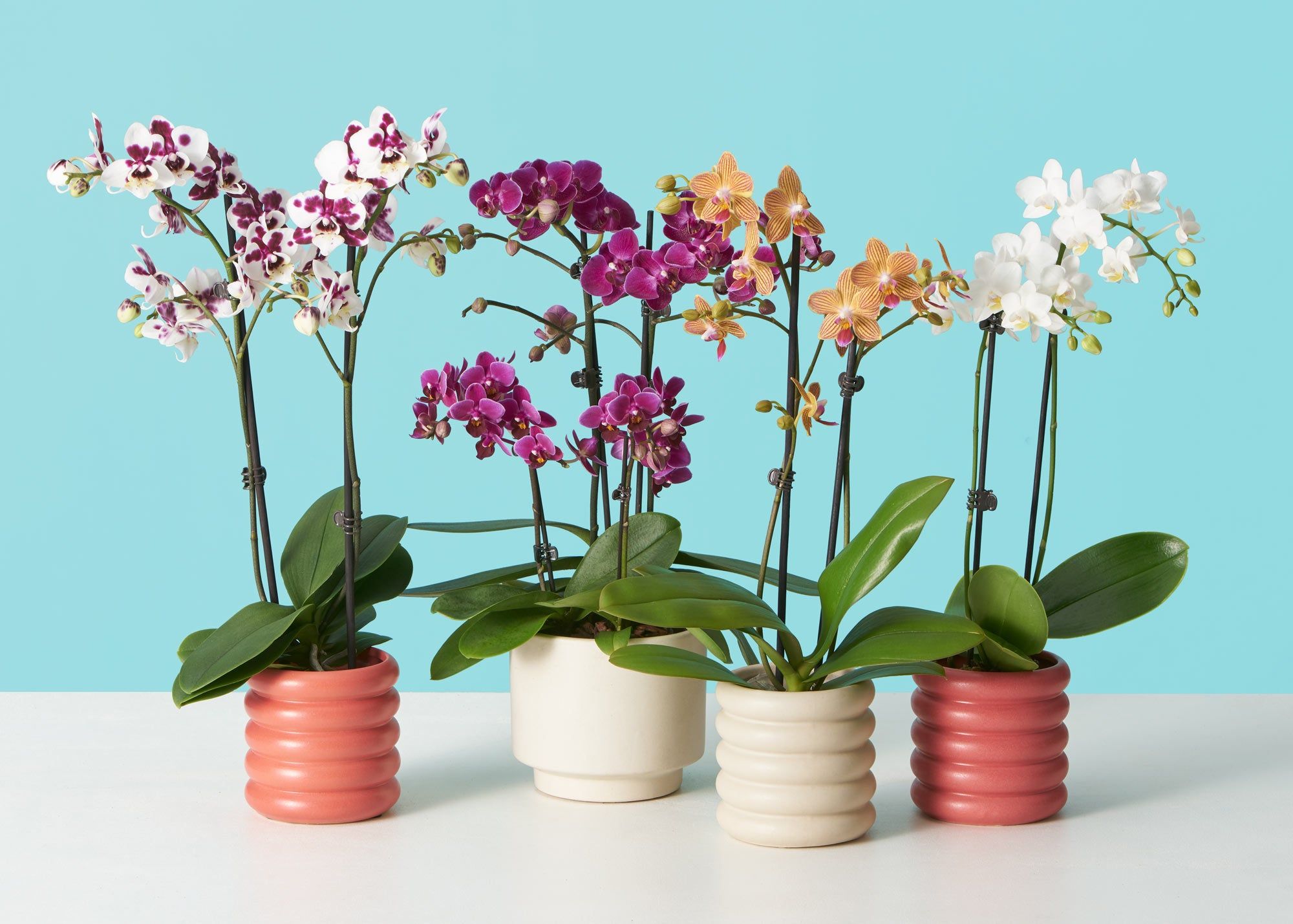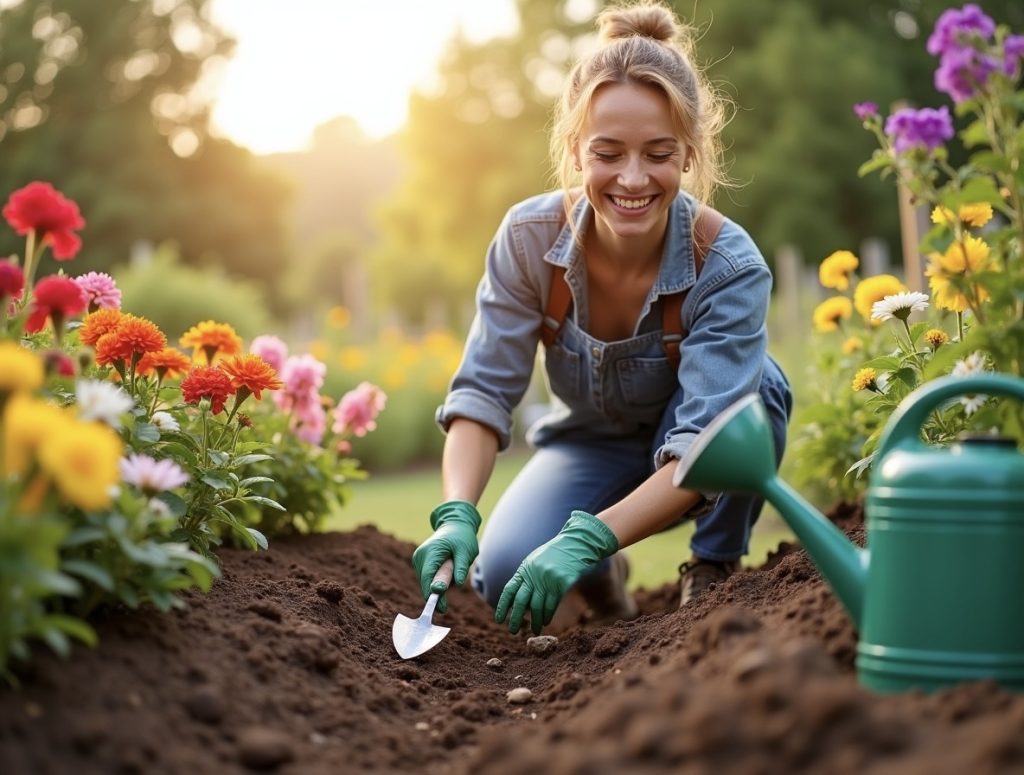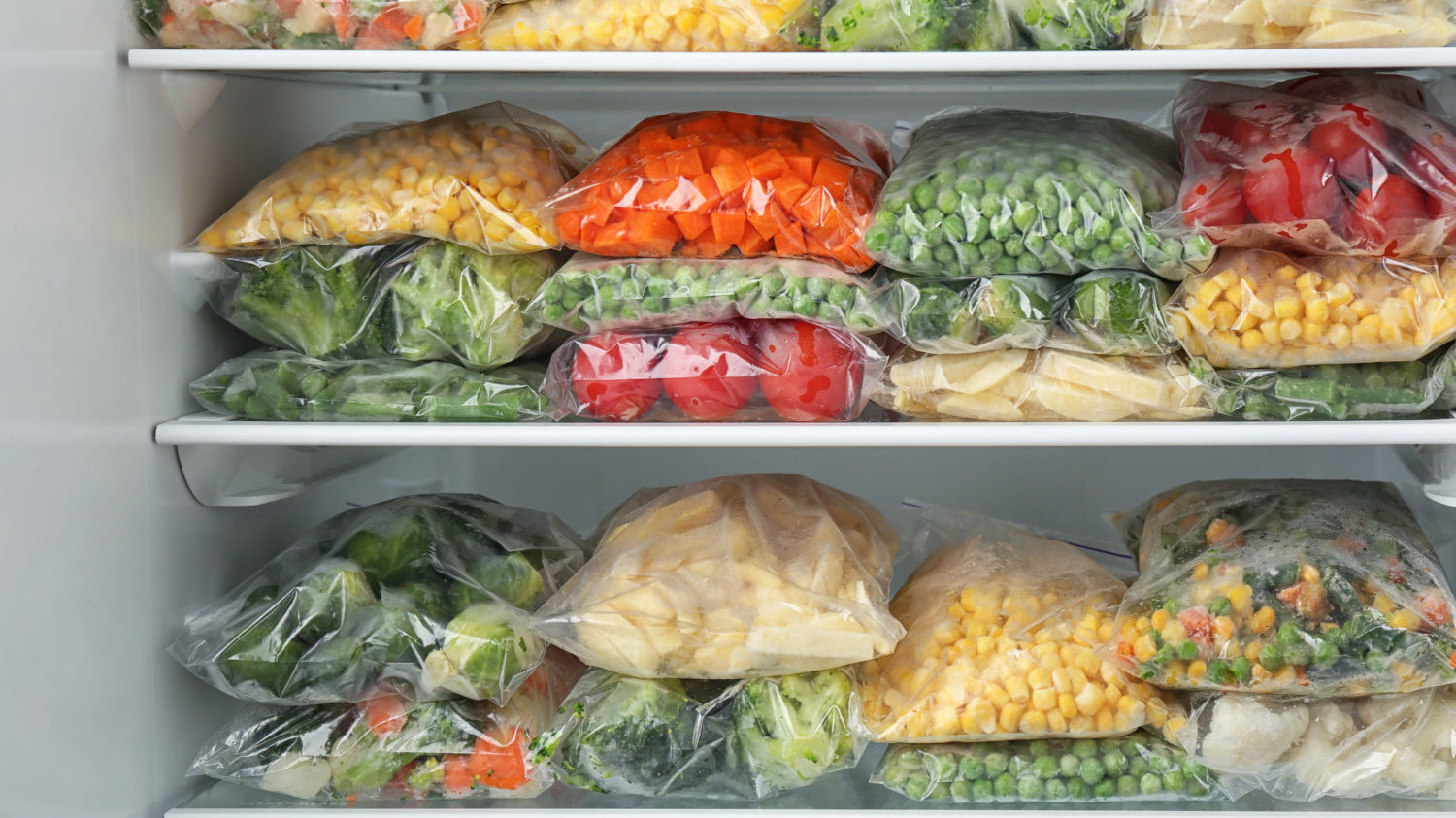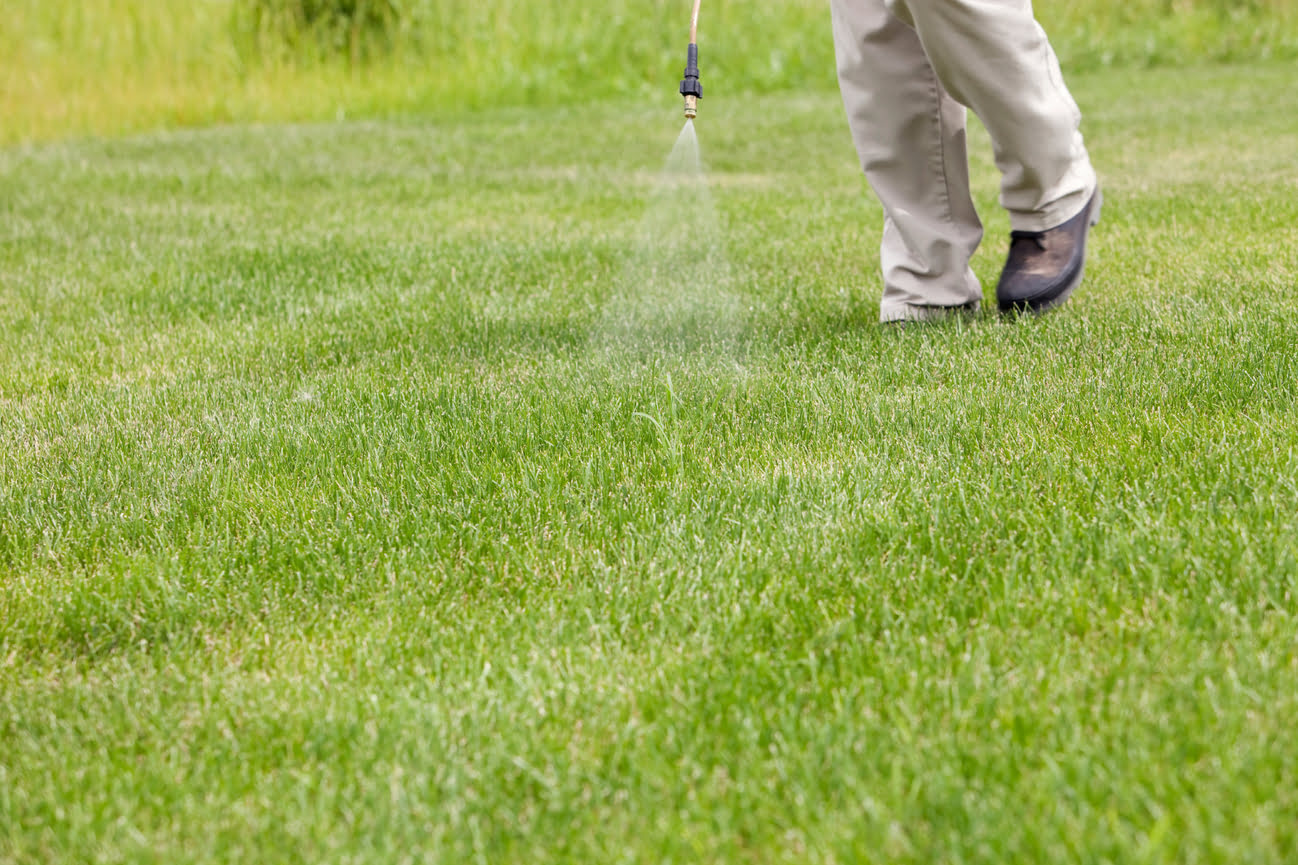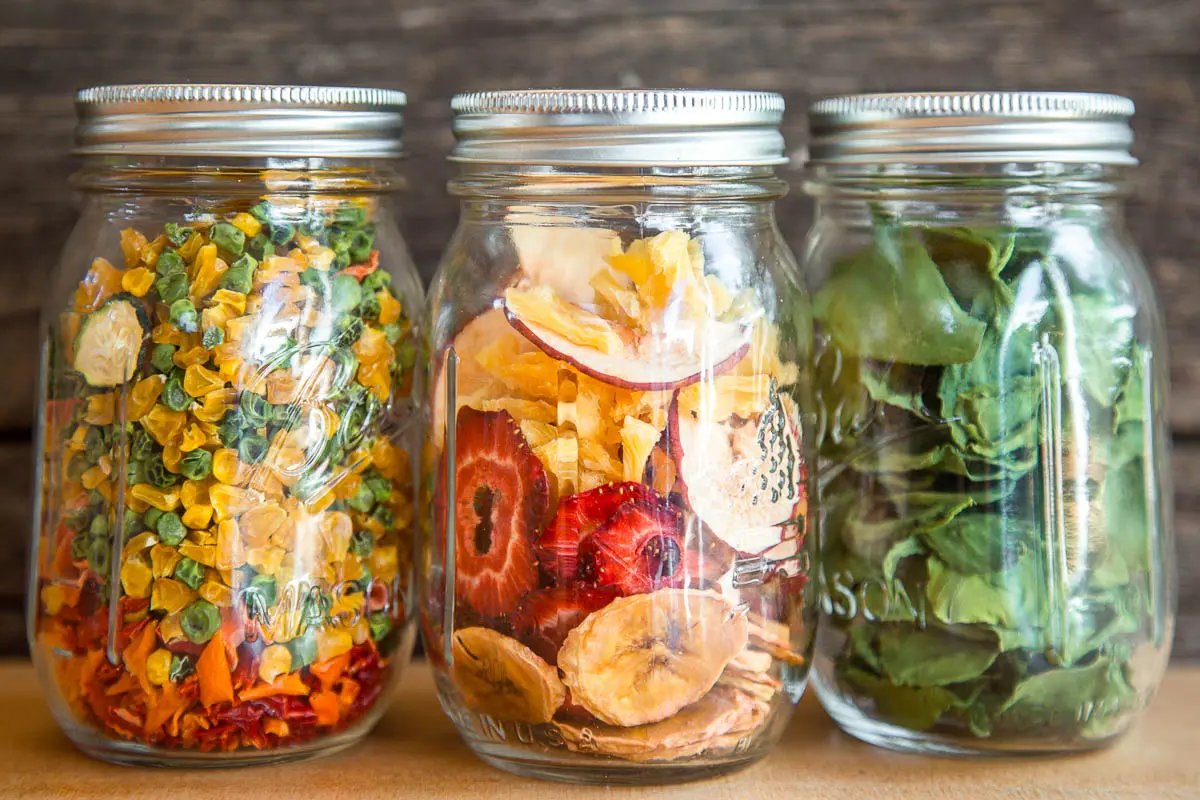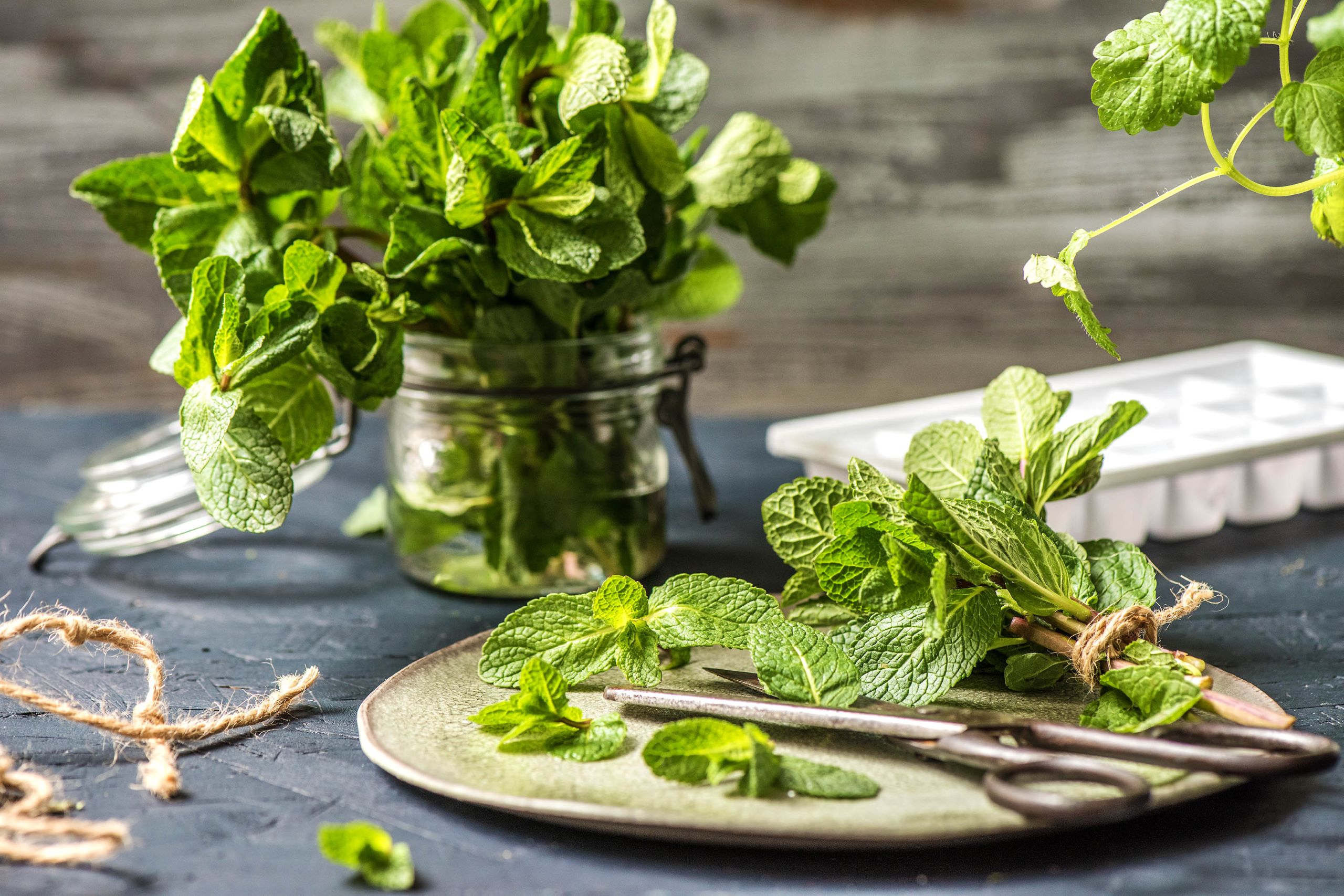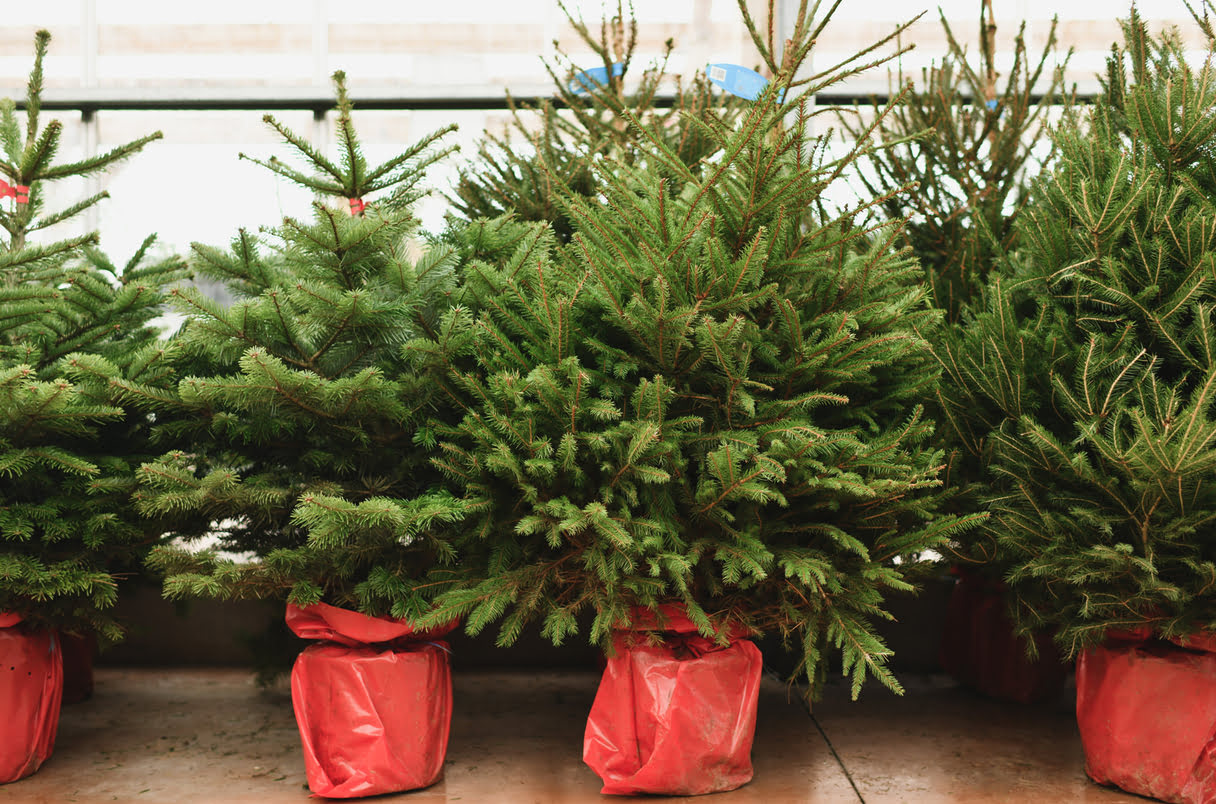Home>Types of Gardening>Ornamental Gardening>How Long Do Cannabis Seeds Last


Ornamental Gardening
How Long Do Cannabis Seeds Last
Modified: January 22, 2024
Discover the lifespan of cannabis seeds and learn how to maximize their longevity. Explore our comprehensive guide on ornamental gardening and seed preservation techniques.
(Many of the links in this article redirect to a specific reviewed product. Your purchase of these products through affiliate links helps to generate commission for Chicagolandgardening.com, at no extra cost. Learn more)
Table of Contents
Introduction
Welcome to the world of cannabis gardening! Whether you are a seasoned cultivator or just starting out, one question that may come to mind is: How long do cannabis seeds last? The longevity of cannabis seeds is a crucial factor for gardeners, as it determines the success of their gardening efforts. In this article, we will explore the factors that affect the lifespan of cannabis seeds, provide tips on proper storage techniques to extend their longevity, discuss signs of seed degradation, and outline methods to test seed viability.
When it comes to growing beautiful and healthy cannabis plants, choosing viable and high-quality seeds is essential. But how long can you store these seeds before they lose their ability to germinate successfully? The answer depends on various factors, including the seed’s genetics, storage conditions, and overall seed quality.
Proper storage techniques play a crucial role in maintaining seed viability over time. Exposure to moisture, light, heat, and oxygen can significantly degrade the quality of cannabis seeds, reducing their ability to germinate. By understanding the optimal storage conditions, you can ensure that your seeds remain viable for an extended period.
Identifying signs of seed degradation is crucial to avoid wasting time and resources on seeds that will not produce healthy plants. Over time, aging and improper storage can cause the seeds to become weak or infertile. By recognizing these signs, you can save yourself from disappointment and focus your efforts on using viable seeds.
To determine the viability of your cannabis seeds, you can conduct simple tests that assess their germination potential. These tests can help you make informed decisions about which seeds to use for planting. By understanding the methods to assess seed viability, you can maximize your chances of growing strong and vigorous cannabis plants.
Now that we have set the stage for this exploration of cannabis seed longevity, let’s delve into the factors that affect their lifespan. Understanding these factors will empower you to take the necessary steps to maximize the viability of your cannabis seeds.
Factors Affecting Cannabis Seed Longevity
Several factors can influence the longevity of cannabis seeds. Understanding these factors will help you create optimal conditions for storage and maximize the viability of your seeds.
The first factor is genetics. Different cannabis strains have varying seed viability, with some being more resilient than others. It is crucial to choose seeds from reputable breeders known for producing high-quality and genetically stable strains. These seeds are more likely to have better longevity and germination rates.
The second factor is moisture. Cannabis seeds require a specific level of moisture to remain viable. Too much moisture can lead to mold or fungi growth, damaging the seeds. Conversely, seeds that are too dry may become dormant and lose their ability to germinate. Properly dried and stored seeds should have a moisture content of around 5% to 9% to ensure optimal longevity.
Light exposure also plays a significant role in seed longevity. Cannabis seeds should be stored in a dark environment, as exposure to light can degrade their quality. UV light, in particular, can be detrimental to the viability of cannabis seeds. To protect them from light, store the seeds in opaque containers or in a location where they are shielded from direct light.
Temperature is another critical factor to consider. Cannabis seeds should be stored in a cool, dark place. High temperatures can accelerate seed degradation, reducing their viability. Ideally, the storage temperature should be between 5°C and 10°C (41°F and 50°F). Avoid extreme temperature fluctuations, as they can affect the seed’s integrity.
Oxygen levels also impact seed longevity. Oxygen can cause oxidative stress, leading to seed deterioration. To minimize oxygen exposure, store cannabis seeds in airtight containers or within packaging that is specifically designed for seed storage. Vacuum-sealed bags or glass jars with rubber seals are effective options for creating an oxygen-free environment.
Lastly, the age of the seeds themselves can affect their longevity. Freshly harvested seeds tend to have higher viability compared to older seeds. However, with proper storage techniques, even older seeds can remain viable for several years.
By considering these factors and implementing appropriate storage practices, you can prolong the lifespan of your cannabis seeds. Now that we have explored the factors that influence seed longevity, let’s move on to discussing proper storage techniques to ensure your seeds stay viable as long as possible.
Proper Storage Techniques for Extending Seed Lifespan
Proper storage techniques are key to extending the lifespan of cannabis seeds. By creating the right conditions, you can preserve the viability of your seeds for a longer period. Here are some essential tips for storing cannabis seeds:
- Keep seeds in a cool and dark place: Cannabis seeds should be stored in a cool environment, away from direct light. High temperatures can degrade seed quality, so aim for a storage temperature between 5°C and 10°C (41°F and 50°F).
- Protect seeds from moisture: Moisture is one of the biggest threats to seed viability. To prevent mold or fungal growth, store seeds in a moisture-free environment. Use a desiccant packet or include rice grains in the storage container to absorb excess moisture.
- Choose the right storage containers: Opt for airtight containers to protect seeds from oxygen and humidity. Materials like glass jars with rubber seals or vacuum-sealed bags are effective at creating a moisture-free and oxygen-free environment. Ensure the containers are opaque to prevent light exposure.
- Label and organize: Properly labeling and organizing your seed collection will make it easier to locate specific strains and keep track of their age. Use waterproof labels or markers to identify the strain and date of acquisition.
- Consider using a freezer: Some growers choose to store their seeds in the freezer to enhance longevity. Freezing can effectively halt the aging process and maintain seed quality. However, it’s important to ensure the seeds are properly dried and sealed in moisture-proof packaging before freezing.
- Monitor temperature and humidity: Regularly check the storage environment to ensure temperature and humidity levels remain within the recommended range. Investing in a hygrometer and thermometer can help you keep track of these crucial factors.
By following these storage techniques, you can significantly extend the lifespan of your cannabis seeds and preserve their viability. Remember to maintain a cool, dry, and dark environment, protect seeds from moisture and oxygen, and organize your collection effectively. With these precautions in place, your seeds will be ready to germinate when you’re ready to start your next garden.
Signs of Seed Degradation
Over time, cannabis seeds may degrade and lose their viability. It is important to be able to recognize the signs of seed degradation to avoid wasting time and effort on planting seeds that won’t produce healthy plants. Here are some common indications that a cannabis seed may be degraded:
- Discoloration: A healthy cannabis seed usually has a dark, mottled appearance, with shades of brown or gray. If the seed appears pale or white, it may be a sign of degraded or unhealthy genetics.
- Brittleness: When handling a seed, take note of its texture. Healthy seeds are firm and hard, while degraded seeds may feel brittle or easily crumble. If the seed breaks apart or lacks structural integrity, it may no longer be viable for germination.
- Lack of Seed Swelling: During the germination process, viable cannabis seeds will absorb water and swell in size. If a seed fails to swell or does not show signs of root emergence within a reasonable timeframe, it is likely degraded and will not germinate successfully.
- Age: Simply put, the older a cannabis seed, the greater the chance of degradation. If you have seeds that are several years old, their viability may be compromised. It is advisable to prioritize using fresh, high-quality seeds for the best germination results.
- Unpleasant Odor: Healthy cannabis seeds typically have a mild, nutty aroma. However, seeds that emit a foul or rotten smell are likely compromised and will not germinate properly. This odor indicates the presence of mold or other harmful microorganisms.
It is important to note that while these signs may indicate seed degradation, they are not definitive proof. Some seeds may still have a chance of germination even if they exhibit one or more of these signs. It is always worth testing the seed’s viability before discarding it entirely.
If you encounter any of these signs during your seed selection process, it is advisable to focus your efforts on seeds that exhibit strong and healthy characteristics. By being aware of these indicators, you can save yourself time, energy, and disappointment by focusing on seeds with a higher chance of successful germination and optimal plant growth.
Methods to Test Seed Viability
Testing the viability of cannabis seeds is an essential step to ensure successful germination and healthy plant growth. While visual indicators can provide some insights into seed viability, conducting specific tests can offer more accurate results. Here are a few methods you can use to test the viability of your cannabis seeds:
- Germination Test: This is the most common and straightforward method to test seed viability. Start by moistening a paper towel or using a pre-moistened germination pad. Place the seeds on the moistened surface, fold it over to cover the seeds, and place it in a sealed plastic bag. Keep the bag in a warm and dark environment. After a few days, check for signs of germination, such as root emergence and seedling growth. A high percentage of germinated seeds suggests good viability.
- Sink or Float Test: Fill a container with water and carefully drop the seeds into the water. Viable seeds will generally sink to the bottom, while non-viable seeds will float. Floating seeds may indicate that the seed’s inner cells have deteriorated, compromising germination potential.
- Squeeze Test: Gently squeeze the seed between your fingers. Viable seeds will have a firm and solid feeling. If the seed feels soft or squishy, it may be degraded and unlikely to germinate successfully.
- Discoloration Test: Examine the color of the seed. Healthy seeds typically have a dark or mottled appearance, while degraded seeds may appear lighter or pale in color. Discoloration can indicate genetic deterioration or mold contamination.
- Floatation Test: Fill a container with a solution of 10% hydrogen peroxide and water. Place the seeds in the solution and observe their reaction. Viable seeds will produce tiny bubbles as the hydrogen peroxide reacts with the seed coating. If no bubbles are observed, the seeds may be degraded or of poor quality.
It is important to remember that not all seeds will pass these tests, even if they are still viable. Some seeds may have a slower germination rate or require special conditions to sprout. If you have doubts about the viability of a seed, it is worth giving it a chance and observing its progress during the germination process.
By using these methods, you can gain a better understanding of the viability of your cannabis seeds and make informed decisions on which seeds to use for planting. Testing seed viability is an important step towards successful cultivation and ensuring healthy plant growth.
Conclusion
Cannabis seed longevity is a crucial factor for successful gardening. By understanding the factors that affect seed longevity, implementing proper storage techniques, recognizing signs of seed degradation, and conducting viability tests, you can ensure the highest chances of germination and healthy plant growth.
Factors such as genetics, moisture, light exposure, temperature, oxygen levels, and seed age can all impact the longevity of cannabis seeds. Creating ideal storage conditions, including cool and dark environments, moisture control, and airtight containers, will help extend seed viability. Properly labeling and organizing your seed collection is also important for efficient storage management.
Recognizing signs of seed degradation, such as discoloration, brittleness, lack of seed swelling, age, and unpleasant odor, is crucial to avoid wasting time on non-viable seeds. However, it is worth noting that these signs are not always definitive, and conducting viability tests is the best way to determine actual seed viability.
The germination test, sink or float test, squeeze test, discoloration test, and floatation test are all effective methods to test seed viability. These tests, along with visual inspections, provide valuable insights into the potential germination success of cannabis seeds.
By following these guidelines and methods, you can maximize the longevity and germination success of your cannabis seeds. Remember to always use high-quality seeds from reputable breeders and prioritize the use of fresh seeds whenever possible. With proper storage, seed selection, and testing, you can set yourself up for a successful and fruitful cannabis gardening experience.
